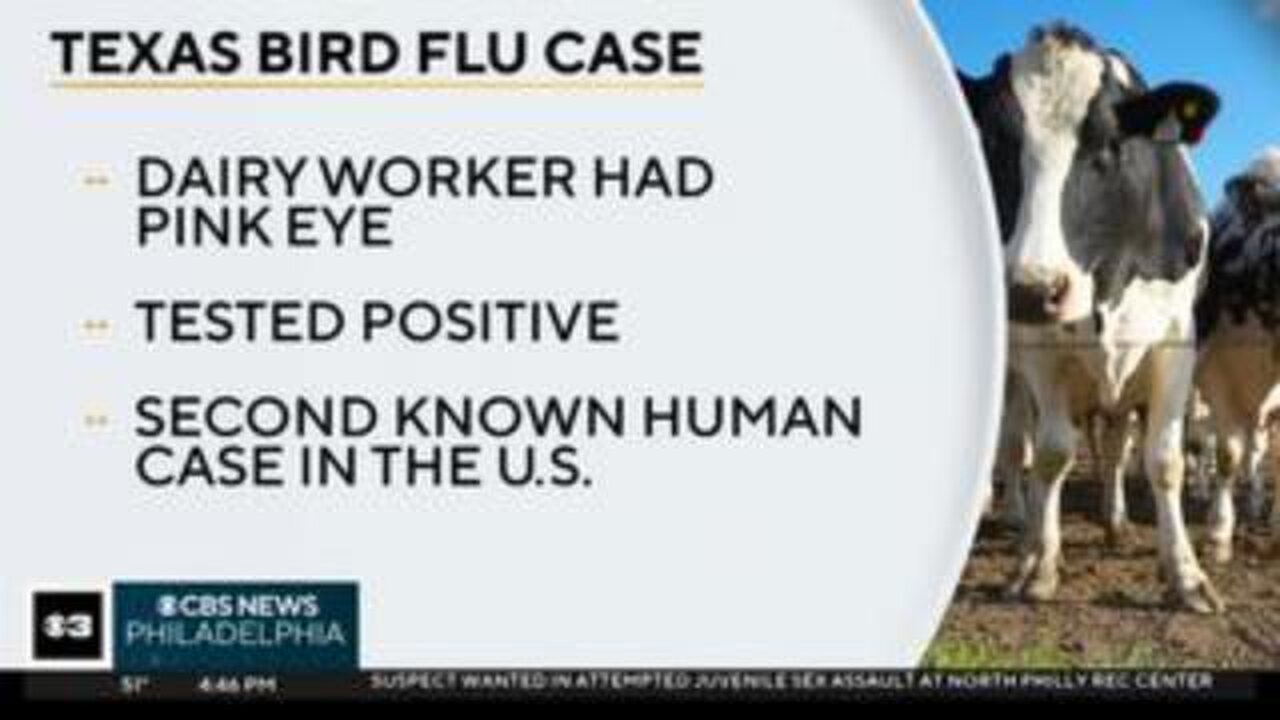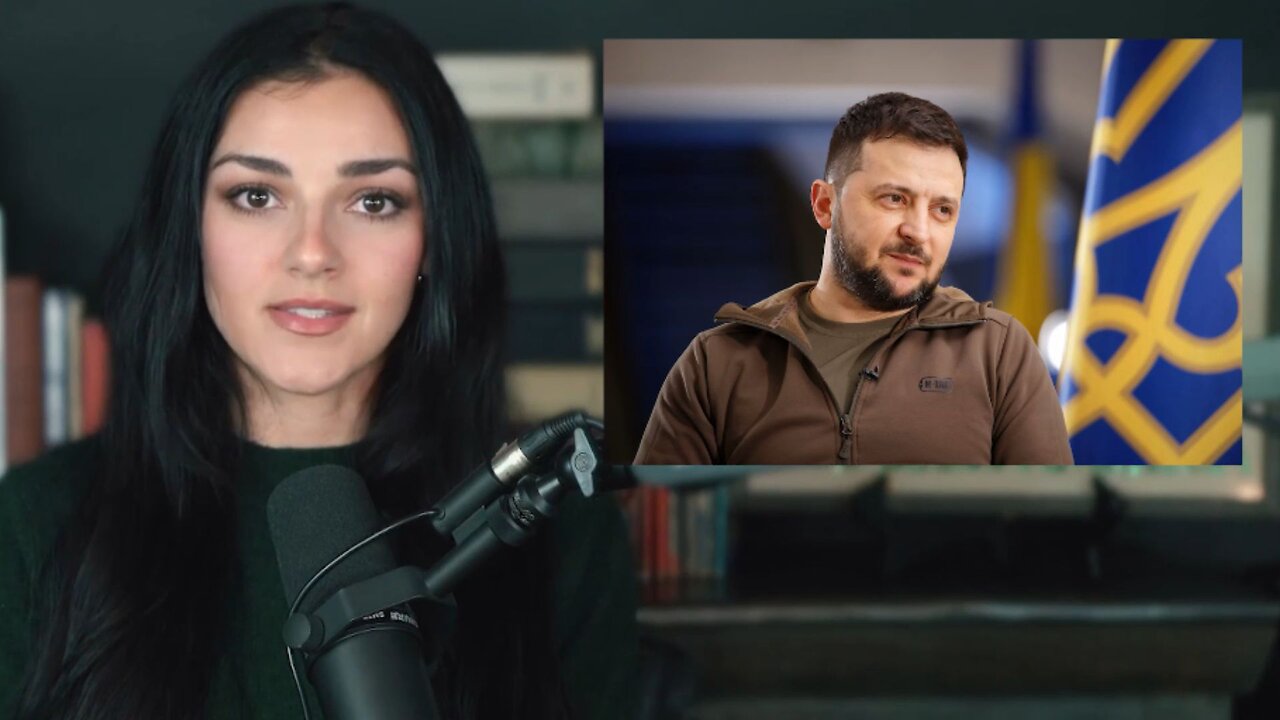Delnorte TerraVision municipal management platform backend overview
" OVERVIEW OF 8MM PRODUCTION ” 1973 SUPER 8MM FILMMAKING PROMOTIONAL FILM 94814
Want to support this channel and help us preserve old films? Visit https://www.patreon.com/PeriscopeFilm Browse our products on Amazon: https://amzn.to/2YILTSD This film from 1973 showcases the new Super 8mm film format, and gives the viewer instructions on how to shoot an entire film, from writing a script and planning camera angles, to post-production editing, with the example of “Love is the Reward of Love” starring a young girl and boy on a miniature golf course. The film was produced by Tim Barr, written and directed by Edward Mallory, edited by Tony De Zarraga, narrated by MacDonald Cary, and photographed by Michael Simpson. “Film Making Techniques – Overview of 8 MM Production” title banner (00:08). A 1930s car model driving on a dirt road (00:14). Views of the family driving the car (00:25). The car pulls off-road and parks (00:31). The father films his wife and their three children with an 8 mm motion picture camera (00:47). He turns the film over in the shade of a tree (01:02). He slips and drops the camera (01:13). He lays on the ground filming his family (01:19). Black-and-white footage from the camera (01:27). The family watches a film on projector-screen (01:37). Close-up scenes of an 8 mm Univex Model A8 Cine Movie camera (01:46). A young man using an 8 mm Bauer C1M motion picture camera from the 1960s (01:54). The sign of a miniature golf course (02:31). The young man scouts the course for camera angles and setups (02:34). He takes notes and prepares a script (02:46). Footage of the miniature golf course viewed through the camera’s viewfinder (03:06). The type of shot is titled “Establish” (03:16). Horizontal movements of the camera are titled “Pan” (03:20). Vertical movements of the camera are titled “Tilt” (03:24). The young man is pushed in a cart by his assistant to demonstrate the recording-style titled “Dolly” (03:30). A type of long shot titled “Master” (03:40). “Full”, “Medium”, “Medium Close Up”, “Close Up”, “Extreme Close Up (ECU)”, and “Insert” camera frames are demonstrated (03:49), followed by “Point of View (POV)” and “Zoom” shots (04:04). The young man is filming with his camera mounted on a tripod for stability (04:09). He films a handheld shot (04:17). His assistant is using a cassette tape and a small microphone to record natural sound (04:22). The young man speaks to one of the subjects of the film, a young girl (04:38). He discusses upcoming scenes (04:43). The young man is walking into an empty room (04:52). A pro 16mm editing room appears (04:58) and then disappears (05:03). It is replaced by a bedroom desk and chair (05:06). Close-up footage of the young man’s hand-cranked viewers (05:20). He chooses one to use (05:48). Footage of three different types of film splices; cement, tape, and Kimo (05:52). A demonstration of the Kimo splicer (06:14). The young man walks toward his homemade drying rack (06:45). He unrolls his film (07:02). He then stops (07:06) and puts on lint-free cotton gloves (07:23). He is screening the film’s raw material (08:06). He then separates the film into separate shots and marks them with numbers (08:21). Using the splicer, he reassembles all film in the correct order (08:50). Using the viewer, the edited footage is projected and shown on screen (09:01). The young man transcribes a title using transfer lettering on a clear paper (10:08). The title is photographed over an artwork (10:32). The young man and his assistant use a ‘Mag Striper machine to add magnetic recording tape to the completed film to add music and sounds effects (11:09). The assistant uses a recording and playback-head with a three-channel mixer attached to edit the film’s sound (11:31). He retrieves special effect sounds from a phonograph (12:13). The young man starts the projector (12:35). The completed film (12:52). The young man is holding a ‘Oscar award’ statue and receiving applause (14:44). The Oscar disappears from his hand (14:54). Credits (15:06). The cast consists of Bill Corcoran and Rick Jordan with Chipper Jones, Mary Hayes MacArthur, Dave Morick, Janet Day, Ilene Locker, Josh Davis, and Lisa Schuyler. Super 8 mm film is a motion-picture film format released in 1965 by Eastman Kodak as an improvement over the older "Double" or "Regular" 8mm home movie format. Super 8mm is nominally 8 mm wide, the same as older Standard 8mm, but the dimensions of the rectangular perforations along one edge are smaller, which allows for a greater exposed area. The Super 8 standard also allocates the border opposite the perforations for an oxide stripe upon which sound can be magnetically recorded. This film is part of the Periscope Film LLC archive, one of the largest historic military, transportation, and aviation stock footage collections in the USA. Entirely film backed, this material is available for licensing in 24p HD, 2k and 4k. For more information visit http://www.PeriscopeFilm.com

















































